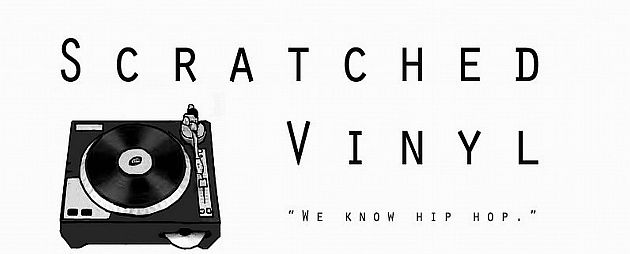Black Girlhood Celebration: Toward a Hip-Hop Feminist Pedagogy by Ruth Nicole Brown
Written by Alyx Vesey on April 26, 2011As a Girls Rock Camp Austin volunteer who is about to reenter the academy as a feminist media studies scholar, I have tremendous respect for scholars who put theory into practice. Ruth Nicole Brown does the reverse with Black Girlhood Celebration: Toward a Hip-Hop Feminist Pedagogy, which casts a critical eye toward SOLHOT (Saving Our Lives Hear Our Truths), an afterschool program for black girls that Brown helped found in Illinois. Her intent is to help create a space that centralizes and celebrates black girlhood, with black girls setting the terms. As the field of girls studies (and representations of girls writ large) tend to privilege white (blonde), middle-class, heterosexual cisgender girls, Brown’s findings are vital to challenging these normative assumptions.
I became familiar with Dr. Brown, an assistant professor in Gender and Women’s Studies and Educational Policy Studies at the University of Illinois, Urbana-Champaign, at a girls studies conference a few years back. At an event which boasted speakers like reproductive rights actist/documentary subject Shelby Knox, Brown’s work left the most indelible impression. This was bolstered by bringing in some of the girls who shape SOLHOT rather than speaking on their behalf in a paper or presentation. Black Girlhood Celebration seeks to explain what SOLHOT is, how it came to be, and what it could be.
Brown builds off Joan Morgan’s definition of hip-hop feminism, which applies directly to black women and girls who are products of the hip-hop generation and are also the daughters of black feminism, with all its itinerant struggles and triumphs. The girls involved with SOLHOT do not exist in a world without hip-hop–it is a part of their cultural understanding, language, and identity formation. Thus hip-hop–certain songs, elements of free style, breaking, and other forms of expression–are incorporated into the program as creative projects or topics of discussion. It becomes a way in which all participants can challenge and relate to one another across generations, disrupting conventional notions of mentorship in the process.
Dancing is integral to SOLHOT. Drawing from African and African American folkloric traditions of the cipher, there is always time alloted in each SOLHOT meeting for group dance. Using schoolyard chants like “Little Sally Walker” (which may have been taught to slave children by their masters’ daughters or could have an oral tradition pre-dating the slave trade, depending on which account we follow), the members form a circle wherein everyone is expected to participate. The inclusion of “Little Sally Walker” is a good orientation point to insure that all members can engage. For me, it recalled how GRCA sessions begin with everyone learning Joan Jett’s “I Love Rock ‘N’ Roll” on their instruments so everyone can at least play one song together. Brown believes this circle to be SOLHOT’s statement of purpose, but is often it’s least understood component. Many outsiders believe nothing is happening in these moments, though Brown is convinced that this is a site in which embodied girlhood contends with institutional sexualization and racism, offering the girls a deeper understanding of themselves through corporeal expression. I agree.
What may be hardest to grapple with in reading Black Girlhood Celebration is an understanding of what SOLHOT is supposed to accomplish. To me it seems plain, as well as purposefully messy. SOLHOT is not interested in creating programming that controls the thoughts and actions of young black girls. By extension, it does not want to police or govern the actions of black girls, who are often pathologized or put in the hands of case workers and law enforcement. Rather, it secures a space where black girls determine what activities they’ll take on and who they’ll become in doing so. The necessary inclusion of some girls’ written work–poetry, short essays–helps clarify what is at work here. But I’m not sure why it would be hard to understand. SOLHOT isn’t an organization–it’s a community. The members are forging a collective identity from the lives, opinions, and contributions of many different women and girls and using hip-hop feminism to accomplish this. It’s a mighty undertaking, and this groundbreaking book makes plain why this transformative work matters.
| Title: | Ruth Nicole Brown - Black Girlhood Celebration: Toward a Hip-Hop Feminist Pedagogy |
|---|---|
| Label: | Peter Lang Inc. |
| Year: | 2008 |
| Rating: | 8/10 |
